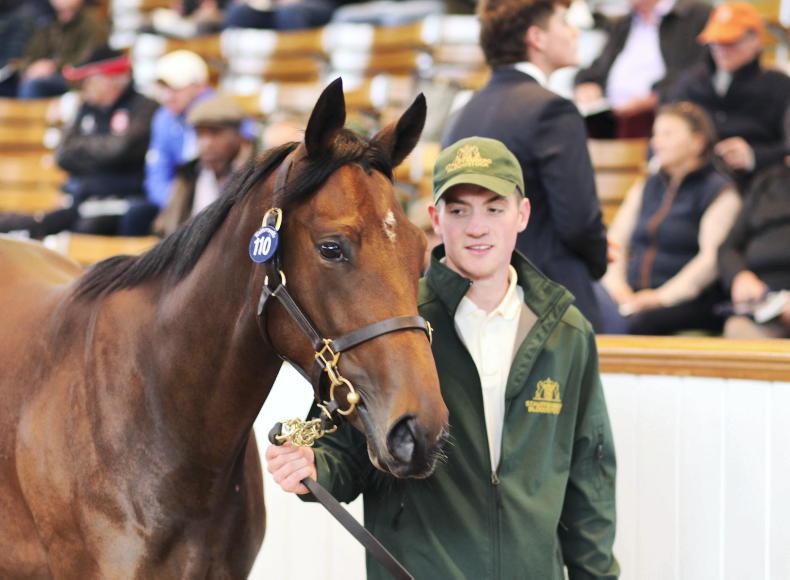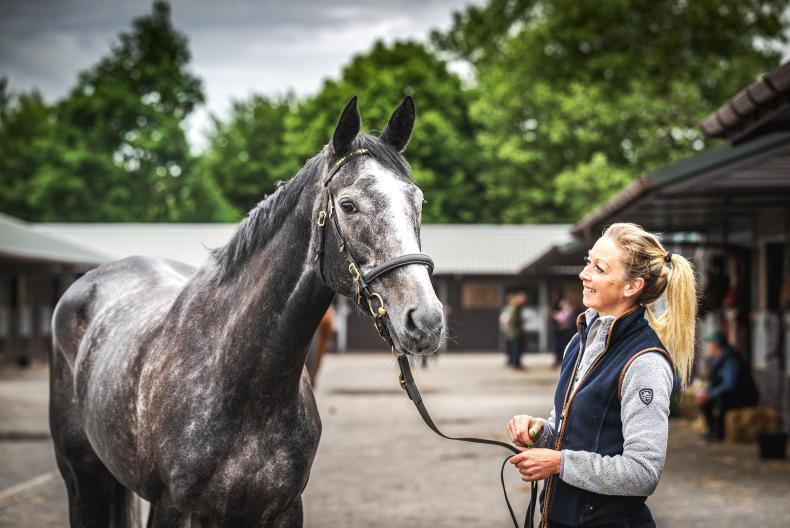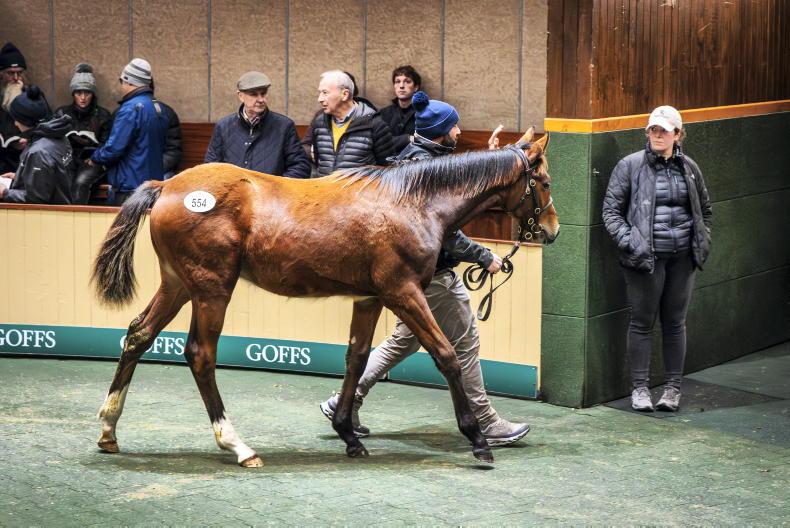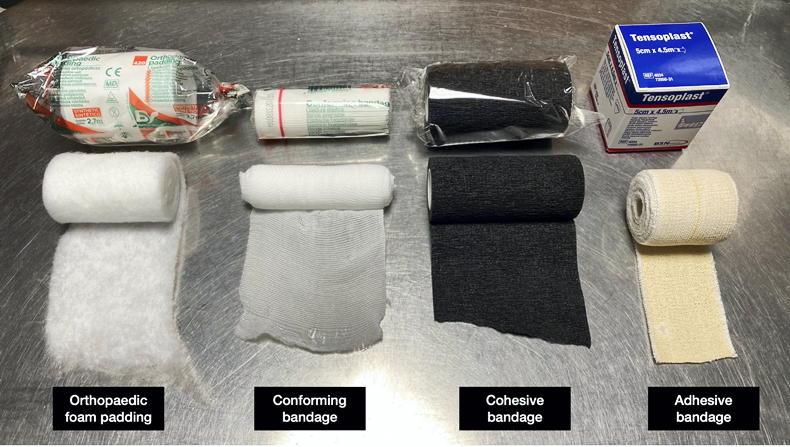FOALS and yearlings are typically prepared and offered for sale at a stage in their life where their minds and bodies are still developing rapidly. The goal is to produce an animal in tip-top condition on the day of the sale that will ultimately go on to be a successful athlete. However, some horses’ seemingly unlimited ability to find inventive ways to injure themselves can make the sales season quite a stressful time for vendors!
Individuals
While the intensive period of preparation typically begins a few months before the sales, most foals will already be accustomed to being handled, led, and having their feet lifted and trimmed. Depending on their birth date, a foal may be sold at anything between five and 11 months old, so it’s important that they are treated as individuals, particularly when it comes to nutrition. The aim is to produce an animal that has good muscle development but is not overly heavy. This is best achieved by combining a balanced and properly supplemented diet from day one, along with appropriate exercise and foot care, to reduce the risk of excessive weight gain and its potentially harmful effects on an immature musculoskeletal system. The owner, vet and farrier should work together to manage any limb or hoof abnormalities.
Problems
A veterinary inspection is recommended to identify any potential issues that could impact on the sale. These include conditions such as undescended testicles in colts, a parrot mouth, spinal problems, umbilical hernias, abnormalities of the upper airways or a scarred jugular vein. While most of these problems are rare, it’s useful to identify them as early as possible to either allow sufficient time for treatment or to avoid wasting resources prepping a horse when a reasonable return on the investment is unlikely.
We may think of the pre-breaking and training life of a horse as a benign period, with little potential for poor welfare. Nevertheless, the sales preparation period may be the first time a youngster is stabled individually on a full-time basis. Most horses take this in their stride, but it can be stressful for some. The onset of boxwalking or other ‘stable vices’ may result in the horse being returned by the purchaser. As much as possible, try to let the horse be a horse; facilitating natural behaviours such as turnout and companionship can help horses to settle, and lower the risk of undesirable traits developing.
Relaxed
It’s not uncommon for youngsters to pick up minor bangs and knocks, with the risk seeming to increase rapidly as their date in the ring approaches! Being hand-walked, shown repeatedly, approached by unfamiliar people, examined by vets, lunged, scoped or blood sampled are all events that the horse may encounter, so the more experience they have beforehand, the more relaxed they are likely to be.
Teaching a horse to walk in and out of a range of doorways calmly and without rushing will reduce the risk of bruised hips and heels. Transport is another important factor to consider, as many cuts and scrapes arise on the way to the sales complex. Loading practice and a few short trips in a box or lorry may be time well spent.
Guidance
A well-stocked first aid kit is also a good investment – particularly when it comes to minor cuts and injuries. Being able to hose an injury and apply a sterile, non-stick dressing under a well-padded bandage can go a long way towards reducing blemishes and the risk of infection. Your veterinary practice can help supply a suitable kit and guidance on how to use it. If in doubt, call your vet to discuss any injuries that do arise as soon as possible – don’t wait for them to swell up!
Finally, check the requirements for the specific sale the horse is entered in. Most foals are sold with just a health certificate while yearlings typically also require a course of flu vaccines to be completed and entered in their passport before they are allowed onto the sales’ premises. Hopefully, the end result will be a horse that is physically and mentally prepared to take the sale in their stride and sell well.


 This is a subscriber-only article
This is a subscriber-only article
 It looks like you're browsing in private mode
It looks like you're browsing in private mode











SHARING OPTIONS: